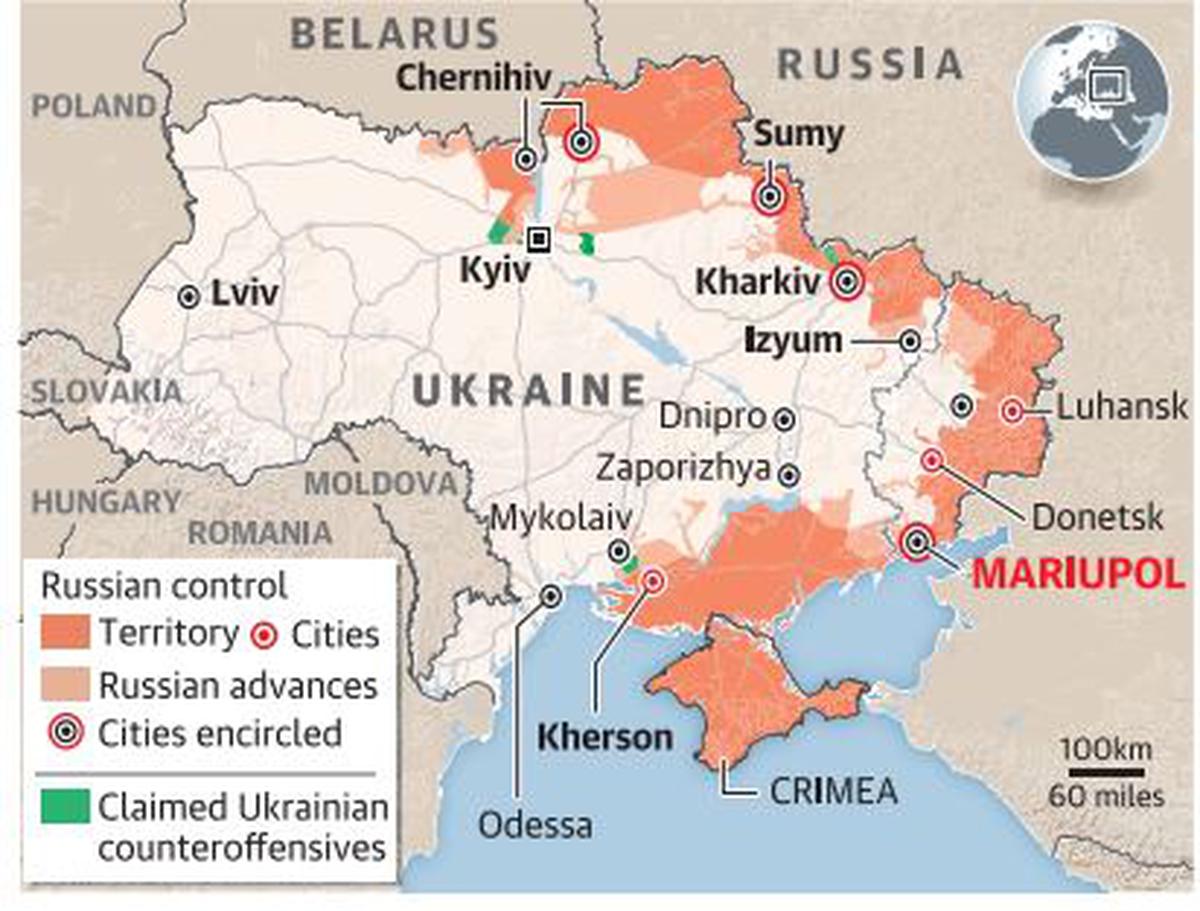7667766266
enquiry@shankarias.in
The surrender of defensive forces in Mariupol likely marks the end of fighting in the eastern Ukrainian city that has been under Russian siege.

References